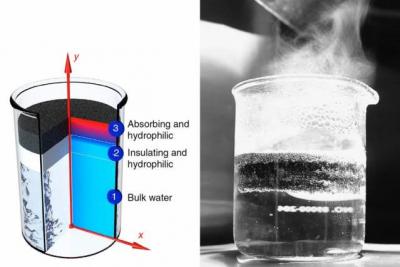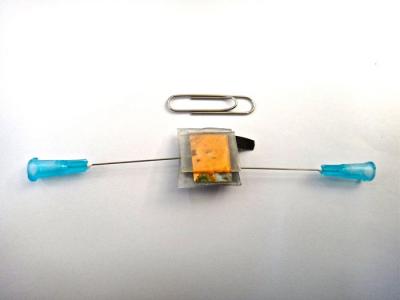Revolutionary graphene polymer batteries for electric cars
 According to a report from a Chinese website, The Spanish Graphenano, along with the University of Cordoba and Grabat Energy, developed a polymeric graphene battery, especially suited for electric cars, that will be cheaper and lighter than conventional batteries and will run 1000km on a 10 minute charge. Graphenano claims that this revolutionary battery will be put into production in 2015.
According to a report from a Chinese website, The Spanish Graphenano, along with the University of Cordoba and Grabat Energy, developed a polymeric graphene battery, especially suited for electric cars, that will be cheaper and lighter than conventional batteries and will run 1000km on a 10 minute charge. Graphenano claims that this revolutionary battery will be put into production in 2015.
Polymeric batteries can have a longer lifetime compared to conventional hybrid ones (up to four times!) and due to graphene's light weight, the battery itself will be light enough to improve the electric car's fuel efficiency.


